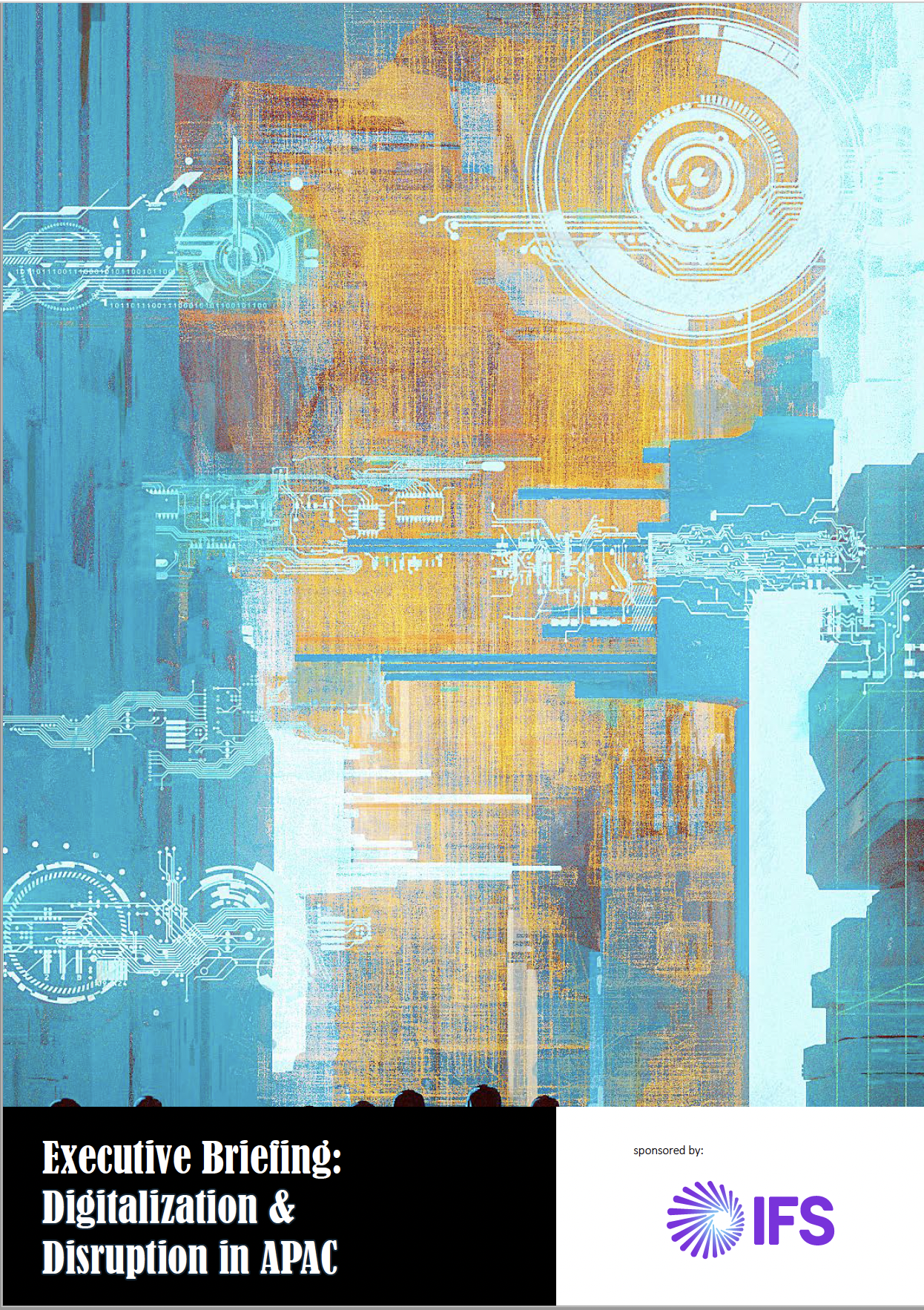As the way service is delivered continues to evolve, particularly with remote connectivity and
predictive maintenance becoming increasingly more commonplace, the need to outline the
‘invisible’ aspects of such service delivery are critical. Now more than ever before, transparency
between the service provider and customer is essential in maintaining relationships
underpinned by a foundation of trust…
Deepa Renjen, Services Growth Director, GE Healthcare ASEAN
“From the healthcare industry point of view, we’ve always had remote proactive, predictive services.
“But of course, it’s accelerated the journey over the past couple of years. However, the engineer would go on-site in the past, and the service would be more visible.
“Now the engineer visit on-site may not be as frequent; we need to make sure that the customers see the service in some other shape or form, whether that is through an online report or perhaps a quarterly virtual catch up with the customers to highlight some of the critical value adds that we have done as a service organization, to enable them to run their systems and processes efficiently.”
Kris Oldland, Editor-in-Chief, Field Service News
“I wrote an article a while back, where I suggested what we may risk losing when we move to predictive or preventative maintenance is the ‘theatre’ of the service call. When the engineer comes in almost wearing a cape and fixes everything and saves the day – that theatre is gone.
“So now we have to replace that? I think that’s where that’s where data comes in. It allows that transparency allows, you say to the customer, ‘we’ve not just maintained your asset, this is how we’ve optimized it.
“I see that as kind of a first step as well, very much away from kind of your traditional SLA base approach towards customer success. And positioning the customer success piece in the centre. I think that’s a shift then towards the more advanced services, the outcome based conversations as well. It’s that ability to say actually we can not just prove what we’ve done – this is completely transparent and this is where we generate trust.”
Ravinthran Dhamodaram, Director Ortho Care ASPAC, Ortho Clinical Diagnostics
“I think today, customers want to see. We always talk about remote services, but they want to see what you have done remotely to resolve the problem. So we have to show them either dashboards or a report showing them ‘this is what we saw from a predictive technology perspective and how we resolved the problem’.
“We can talk about all of this, but it’s not tangible, right? They can’t see; they can’t feel it. However, if we can show the customer, It makes a huge difference. For example, they can see an alert and that you, as the service provider, came in and proactively resolved the problem. That builds that further trust with the customer.
“I think from a technology perspective, that piece of showing them how we use technology to resolve a problem, and making sure they are able to see it makes a huge difference. A huge difference.”
Garth Fenwick, Operations Manager, Alfabs
“It’s funny as I’ve dealt with one of these situations just over the weekend, where I have a site superintendent looking after a major shutdown in the largest coal export terminal in the southern hemisphere. He’s entirely, totally and utterly all over his scope of work, but I’ve unfortunately had the situation where I’ve had a scheduler that’s not available.
“The client wants to see a little bit more, but wants to see the little bit more on paper, but also the face to face contact. So it’s quite split in how, you can actually manage that. So you can manage the bit on paper obviously we can we can deal with that electronically, but that he still wants someone in front of him to explain everything that is being undertaken, to give him that sense of ease he can trust.”
Jimmy Auw, Director of Central Asia Pacific Services, Lenovo
“We need to be transparent with our customers. We need to explain to them, some of the maintenance required is very simple, you can do it yourself, and that’s fine. But there are certain limitations that you cannot do for yourself, which is you will need our assistance to do that, and for this, we need to go on-site.’
“I believe, if we take everything into one stance, if we lock the business in ourselves, the customer will feel you are not acting like a trusted partner. We cannot let go of everything because some of the services require a specific skill set that can be very complex, so you can’t let go of customers just do it themselves.
“Still we need to maintain the relationship so we need to achieve a balance with allowing the customer some flexibility for the simpler maintenance and being able to demonstrate the value of the more complex services we offer as well.”
All members of the Field Service Think Tanks are speaking from their own personal opinions which are not necessarily reflective of the organisations they work for.
 Want to know more? There is an Executive Briefing from this Field Service Think Tank Session which is available in the premium content library.
Want to know more? There is an Executive Briefing from this Field Service Think Tank Session which is available in the premium content library.















